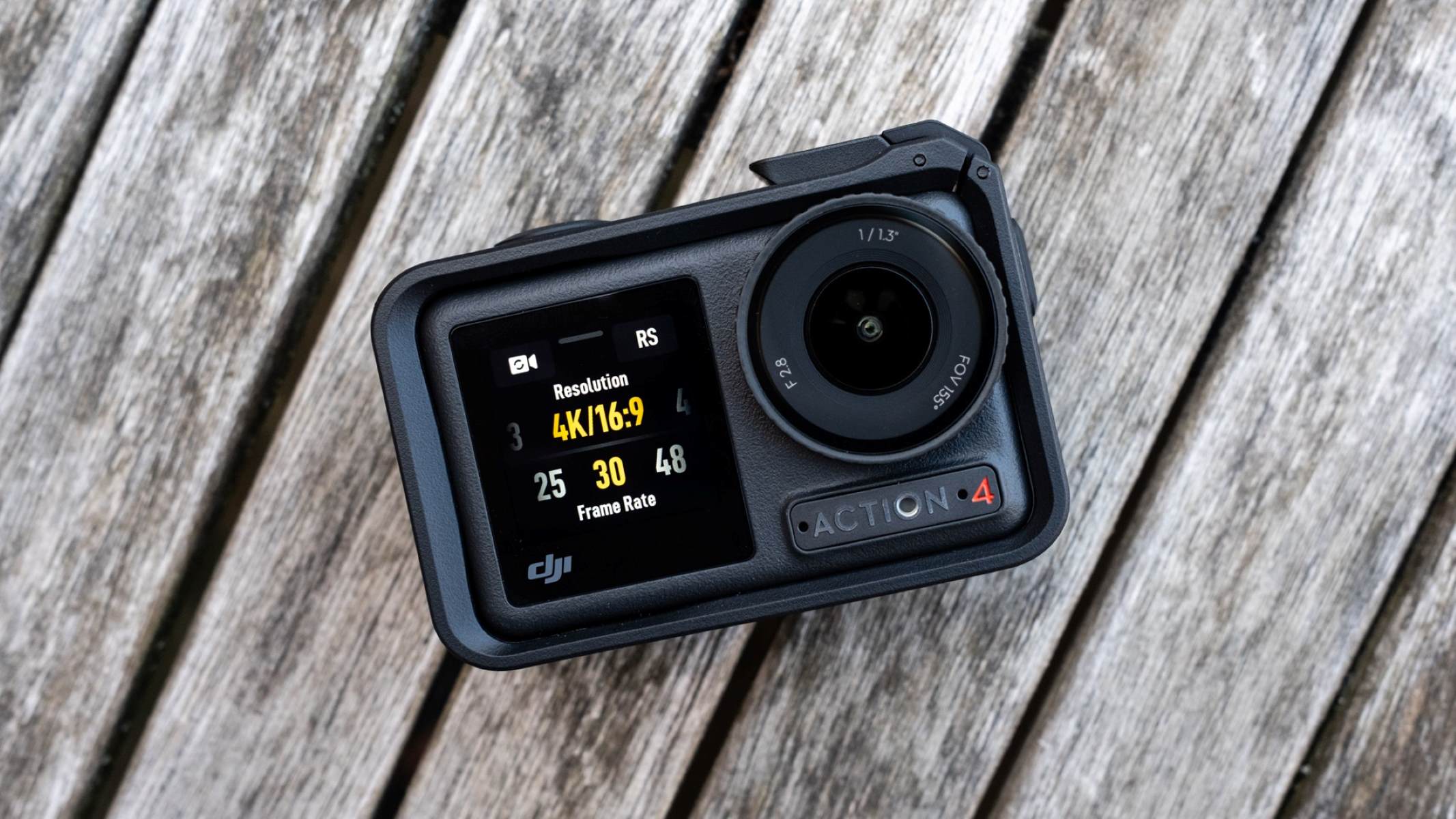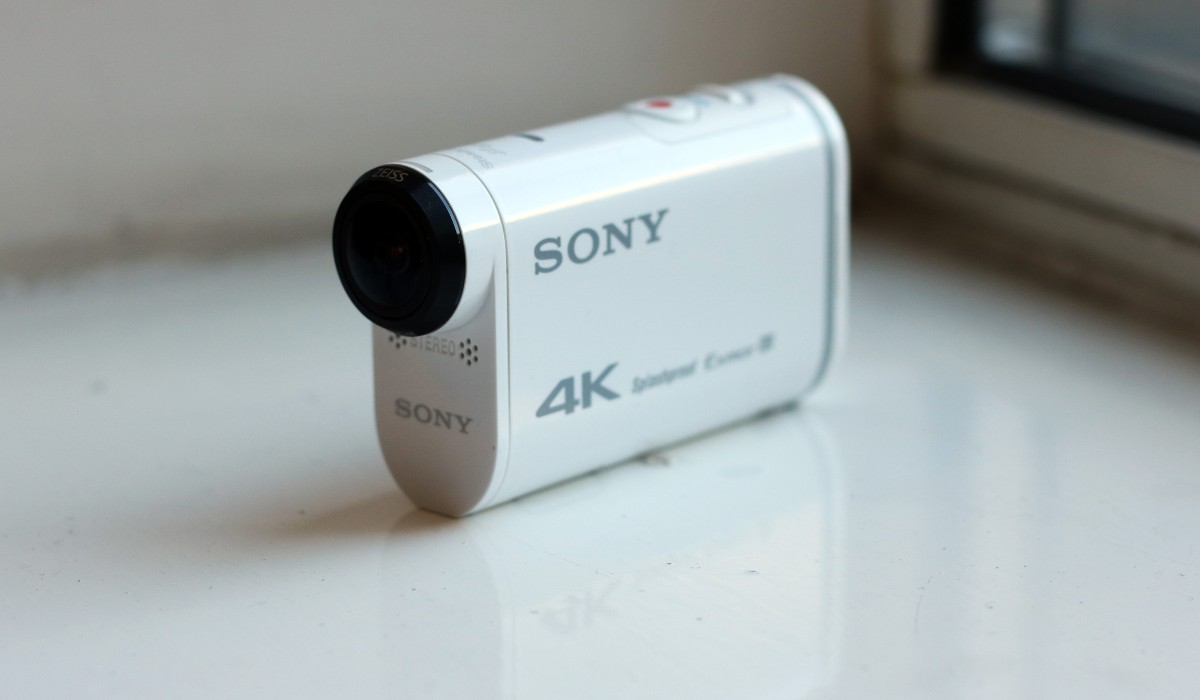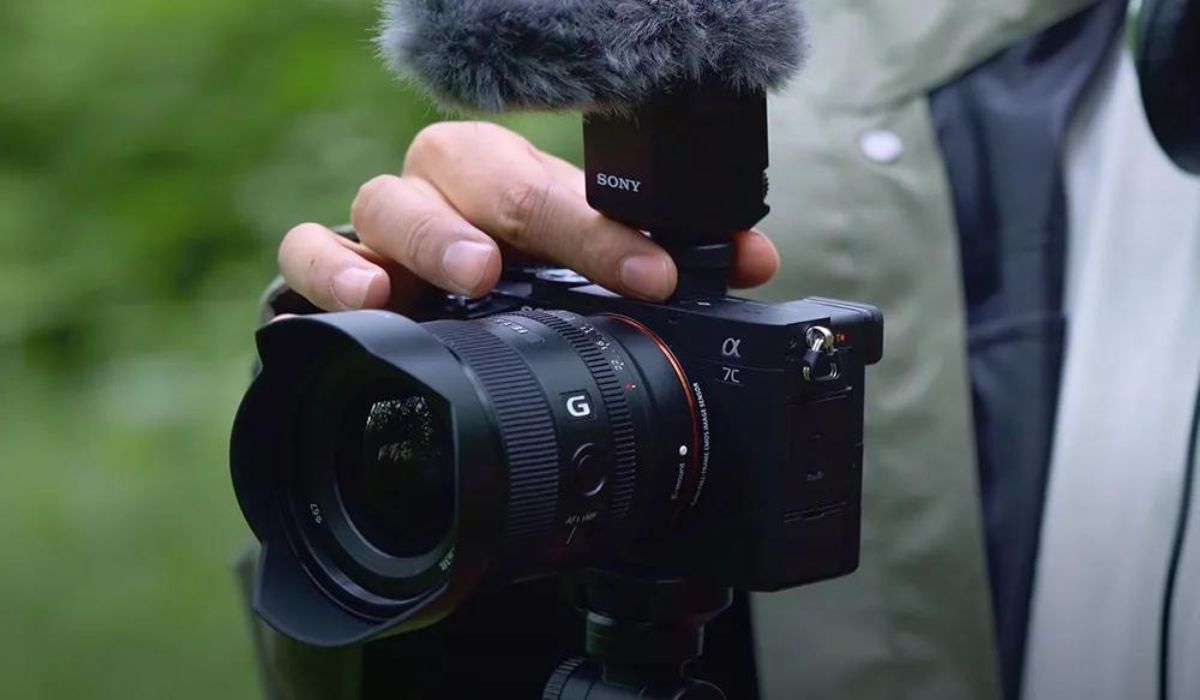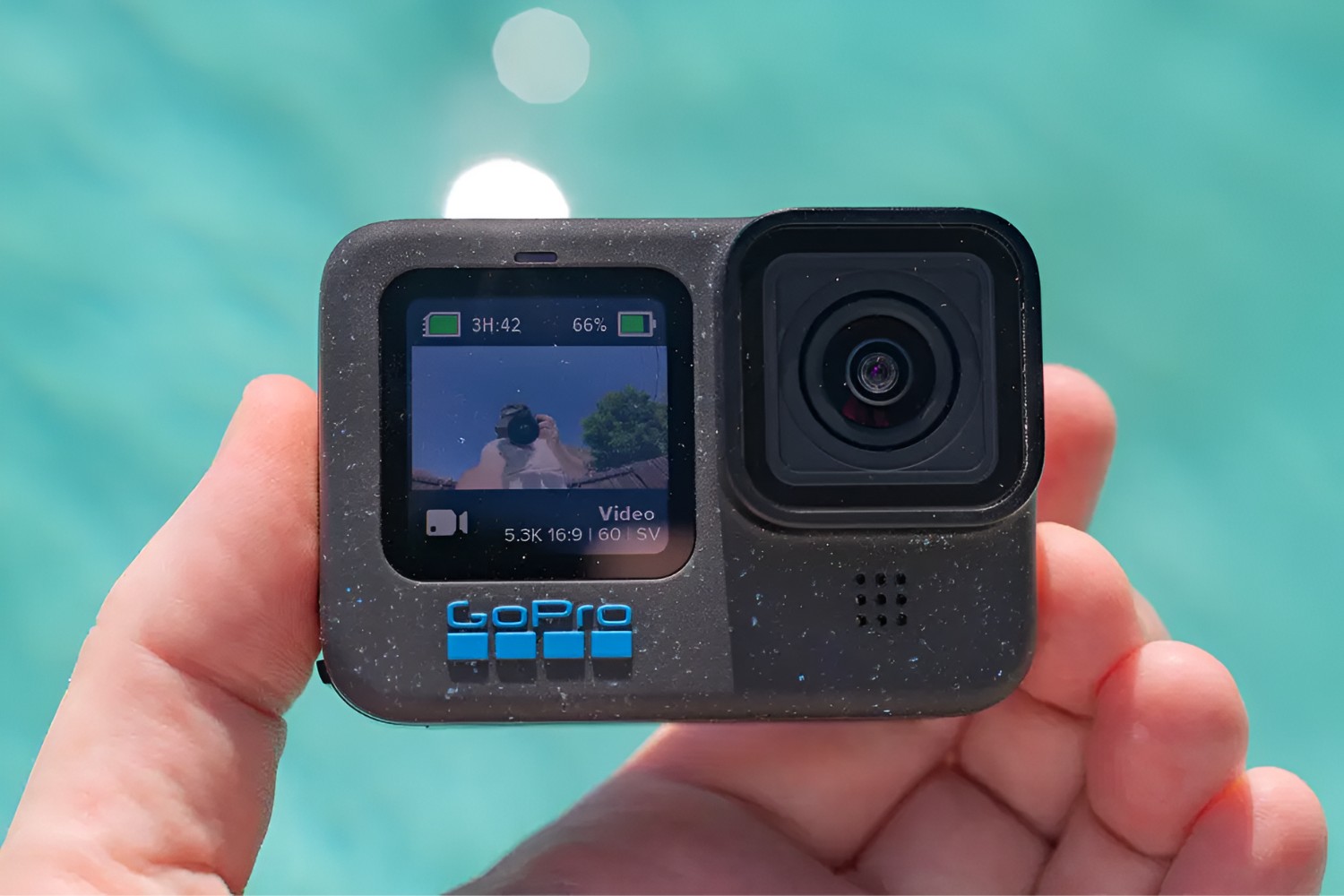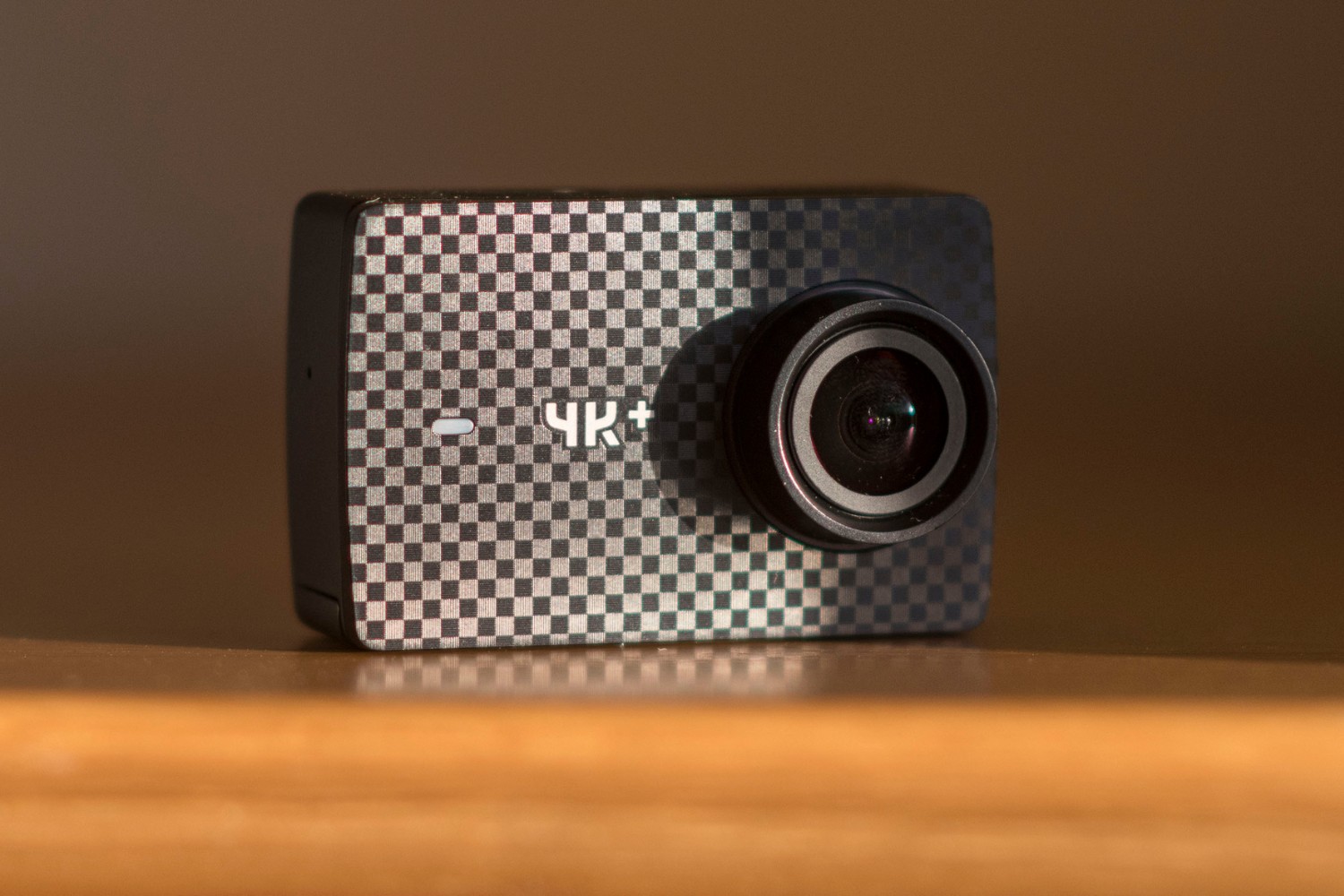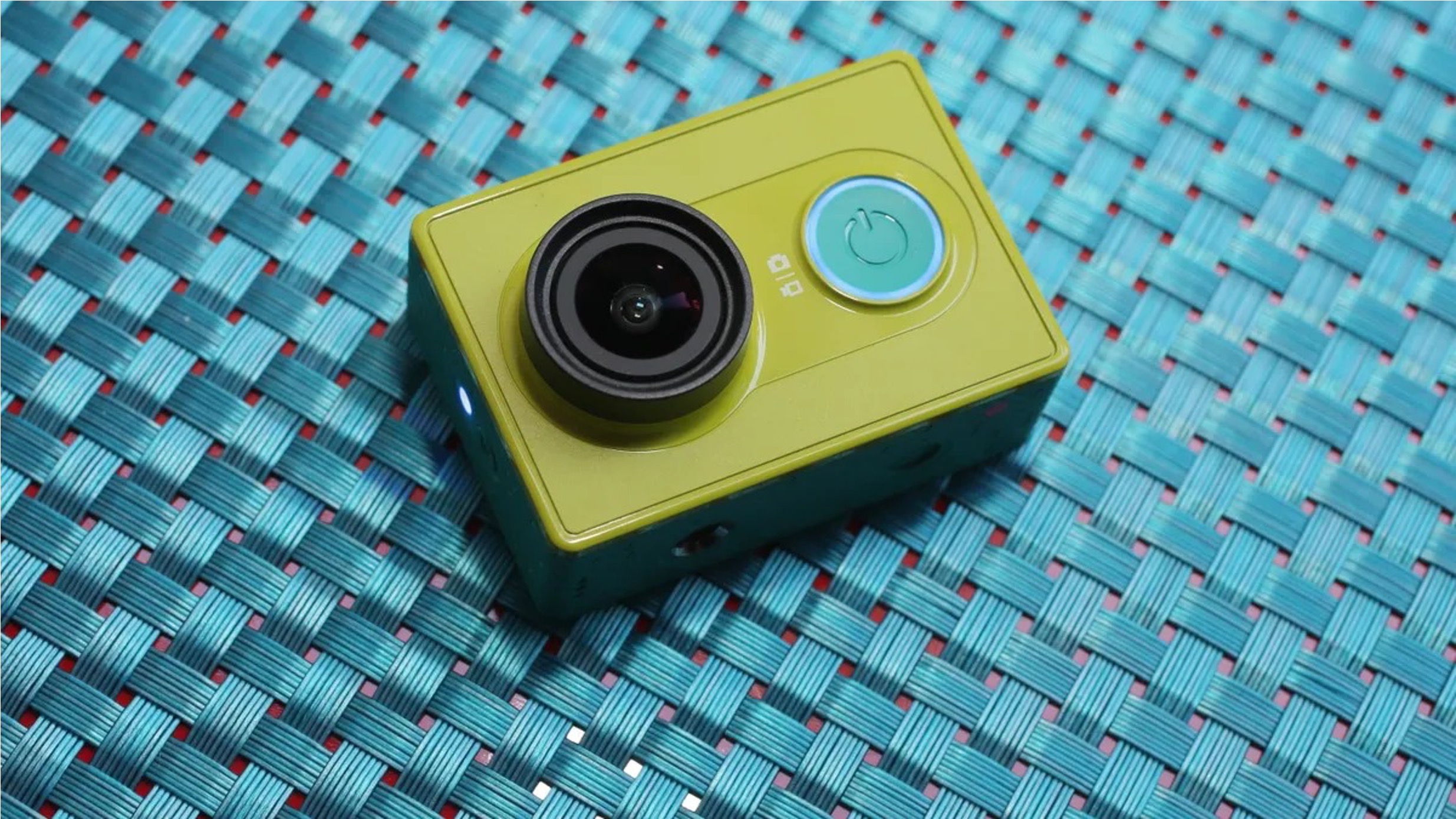Introduction
Slow motion video has the remarkable ability to capture and accentuate the most fleeting moments, revealing the beauty and intricacy of motion that often goes unnoticed at regular speed. Whether you're an action sports enthusiast, a filmmaker, or simply a creative individual looking to add an extra dimension to your videos, mastering the art of slow motion can elevate your content to new heights.
In this comprehensive guide, we will explore the fascinating world of slow motion video and how you can achieve stunning results with your action camera. From understanding the principles behind slow motion to setting up your action camera and capturing captivating footage, this guide will equip you with the knowledge and techniques to unleash the full potential of slow motion video.
Slow motion isn't just about slowing down the speed of a video; it's about capturing the nuances of movement, revealing details that are often overlooked. Whether it's the graceful arc of a basketball shot, the intricate mechanics of a skateboard trick, or the gentle flutter of a butterfly's wings, slow motion allows us to immerse ourselves in the mesmerizing intricacies of motion.
By the end of this guide, you'll have the confidence and expertise to create breathtaking slow motion videos that captivate and inspire your audience. So, grab your action camera, unleash your creativity, and let's dive into the captivating world of slow motion video!
Understanding Slow Motion Video
Slow motion video is a cinematic technique that involves capturing footage at a higher frame rate than the standard playback speed. When played back at a regular speed, the footage appears to move in slow motion, revealing details and nuances that are often imperceptible at normal speed. This technique has the remarkable ability to add drama, emotion, and visual impact to a wide range of content, from action sports and nature documentaries to music videos and experimental filmmaking.
At its core, slow motion video is about manipulating time, allowing us to see the world in a way that defies our natural perception. By capturing more frames per second than the standard 24 or 30 frames, slow motion video unveils the intricate beauty of movement, giving us a fresh perspective on the familiar and the extraordinary.
Understanding the principles of slow motion video involves grasping the concept of frame rates. In traditional video, the standard frame rate is 24 or 30 frames per second (fps), which closely resembles the natural motion of the human eye. However, slow motion video typically involves shooting at frame rates of 60 fps, 120 fps, or even higher, depending on the capabilities of the camera. The higher frame rate allows for more frames to be captured within a given time frame, resulting in smoother, more detailed slow motion playback.
Furthermore, the playback speed of slow motion footage is crucial in achieving the desired effect. By playing back the high frame rate footage at the standard frame rate, the motion appears slowed down, unveiling the mesmerizing intricacies of movement that are often overlooked.
Slow motion video transcends the boundaries of traditional storytelling, offering a fresh perspective on the world around us. It invites us to marvel at the elegance of a dancer’s movements, the raw power of a breaking wave, or the delicate flutter of a bird’s wings. By understanding the technical and artistic aspects of slow motion video, you can harness its transformative power to create compelling visual narratives that resonate with audiences on a profound level.
Setting Up Your Action Camera for Slow Motion
Before delving into the world of slow motion video, it’s essential to ensure that your action camera is properly configured to capture stunning slow motion footage. While specific settings may vary based on the make and model of your camera, there are fundamental steps to optimize your action camera for slow motion recording.
Frame Rate: The frame rate is a critical factor in achieving captivating slow motion footage. Most action cameras offer a range of frame rate options, typically including 60 fps, 120 fps, and even 240 fps. Selecting a higher frame rate allows for smoother slow motion playback, capturing more detail and fluidity in the motion. Consult your camera’s manual or menu settings to adjust the frame rate to the desired setting for slow motion recording.
Resolution: While higher resolutions offer greater detail, they may limit the available frame rate options. It’s essential to find the optimal balance between resolution and frame rate to achieve the desired slow motion effect. Experiment with different resolution settings to determine the best combination for your specific creative vision.
Shutter Speed: In slow motion videography, the shutter speed plays a crucial role in capturing crisp, detailed footage. A faster shutter speed can freeze fast-moving subjects, preserving clarity and sharpness in the slow motion playback. Adjust the shutter speed based on the lighting conditions and the speed of the subject to achieve the desired visual impact.
Stabilization: To ensure smooth and steady slow motion footage, consider utilizing the stabilization features offered by your action camera. Whether it’s electronic image stabilization or built-in gyroscopic stabilization, these features can enhance the overall quality of your slow motion videos, minimizing unwanted camera shake and ensuring a professional-looking result.
Lighting Considerations: Adequate lighting is essential for capturing high-quality slow motion footage. Whether you’re shooting outdoors in natural light or indoors with artificial lighting, ensure that the scene is well-lit to maintain clarity and detail in the slow motion playback. Pay attention to the direction and quality of light to create visually compelling slow motion sequences.
By carefully adjusting these key settings and considering environmental factors, you can optimize your action camera for capturing breathtaking slow motion footage. Experimentation and practice are essential in mastering the art of slow motion videography, allowing you to unleash your creativity and craft visually stunning narratives that resonate with your audience.
Tips for Capturing Great Slow Motion Footage
Mastering the art of capturing compelling slow motion footage goes beyond technical settings; it involves a creative and thoughtful approach to visual storytelling. Whether you’re filming action sports, nature scenes, or everyday moments, these tips will help you elevate your slow motion videography to new heights:
- Select Dynamic Subjects: Choose subjects with inherent motion and visual interest to maximize the impact of slow motion. From splashing water and falling leaves to athletes in action, dynamic subjects add depth and energy to your slow motion sequences.
- Focus on Details: Slow motion allows you to showcase the intricate details of movement, so pay attention to the small elements within the frame. Whether it’s the spray of sand as a surfer carves a wave or the delicate flutter of a bird’s wings, capturing these details adds depth and visual allure to your footage.
- Experiment with Angles and Perspectives: Explore different angles and perspectives to add visual interest to your slow motion sequences. Low-angle shots can emphasize power and dynamism, while aerial perspectives offer a unique vantage point. Experimenting with diverse angles can yield captivating results.
- Use Motion to Convey Emotion: Slow motion can evoke powerful emotions by emphasizing the nuances of movement. Whether it’s the determination of a runner crossing the finish line or the grace of a dancer’s performance, use slow motion to amplify the emotional impact of your footage.
- Pay Attention to Composition: Composition plays a pivotal role in visual storytelling. Consider the rule of thirds, leading lines, and framing to create visually compelling slow motion sequences. A well-composed shot can draw viewers into the narrative and enhance the overall impact of the footage.
- Utilize Natural Elements: Incorporating natural elements such as wind, water, and light can add a mesmerizing quality to your slow motion footage. Experiment with the interplay of natural elements to create visually stunning and evocative sequences.
- Embrace Slow Motion as a Narrative Tool: Slow motion can be a powerful storytelling device, allowing you to emphasize key moments and evoke specific moods. Whether it’s a climactic action scene or a serene natural tableau, leverage slow motion to enrich the narrative and engage your audience on a deeper level.
By incorporating these tips into your approach to slow motion videography, you can elevate the visual impact of your footage and create captivating narratives that resonate with your audience. Remember to experiment, embrace creativity, and let the mesmerizing allure of slow motion inspire your storytelling.
Editing and Exporting Slow Motion Video
Once you’ve captured stunning slow motion footage with your action camera, the post-production process plays a crucial role in refining and enhancing the visual impact of your videos. From editing software techniques to optimizing the export settings, here’s a comprehensive guide to editing and exporting your slow motion masterpieces:
- Choose the Right Editing Software: Select a professional video editing software that supports slow motion editing and manipulation. Popular platforms such as Adobe Premiere Pro, Final Cut Pro, and DaVinci Resolve offer robust tools for managing and enhancing slow motion footage.
- Adjust Playback Speed: In your editing software, adjust the playback speed of your slow motion clips to achieve the desired effect. This may involve setting the playback speed to a fraction of the original speed, allowing the slow motion footage to unfold with mesmerizing fluidity.
- Refine Transitions and Effects: Experiment with transitions and visual effects to seamlessly integrate your slow motion sequences into the overall video. Smooth transitions and subtle effects can enhance the cohesiveness of your video while accentuating the impact of the slow motion moments.
- Color Grading and Enhancement: Utilize color grading tools to enhance the visual allure of your slow motion footage. Adjusting contrast, saturation, and color balance can elevate the cinematic quality of the video, adding depth and vibrancy to the slow motion sequences.
- Optimize Export Settings: When exporting your slow motion video, ensure that the settings are optimized for high-quality playback. Select a suitable resolution and frame rate that align with the specifications of your slow motion footage, preserving the detail and fluidity of the motion.
- Consider Frame Interpolation: Some editing software offers frame interpolation capabilities, which can further enhance the smoothness and fluidity of slow motion playback. Experiment with frame interpolation techniques to refine the visual impact of your slow motion sequences.
- Choose the Right Export Format: Select an appropriate export format that maintains the quality and integrity of your slow motion footage. Common formats such as MP4, MOV, or AVI offer versatile compatibility with various playback platforms and devices.
By leveraging these editing and exporting techniques, you can refine and showcase your slow motion footage with professional polish and visual allure. The post-production process serves as a pivotal stage in elevating the impact of your slow motion videos, allowing you to captivate and inspire your audience with mesmerizing visual narratives.







